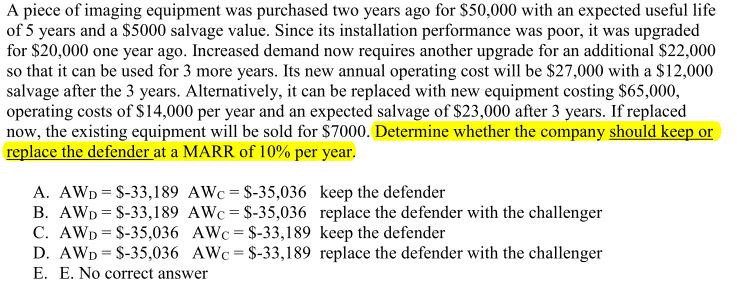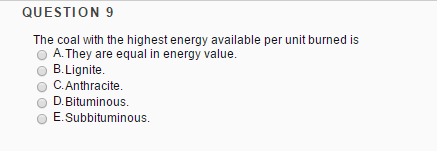heysneha100
Jawaharlal Nehru Krishi Vishwavidyalaya - JNKVV
0 Followers
0 Following
0 Helped
heysneha100Lv3
22 Mar 2023
Answer: s
heysneha100Lv3
22 Mar 2023
Answer: s
heysneha100Lv3
22 Mar 2023
Answer: s
heysneha100Lv3
22 Mar 2023
Answer: s
heysneha100Lv3
22 Mar 2023
Answer: s
heysneha100Lv3
22 Mar 2023
Answer: s
heysneha100Lv3
22 Mar 2023
Answer: s
heysneha100Lv3
22 Mar 2023
Answer: s
heysneha100Lv3
22 Mar 2023
Answer: a
heysneha100Lv3
22 Mar 2023
Answer: s
heysneha100Lv3
22 Mar 2023
Answer: a
heysneha100Lv3
22 Mar 2023
Answer: x
heysneha100Lv3
22 Mar 2023
Answer: x
heysneha100Lv3
22 Mar 2023
Answer: z
heysneha100Lv3
22 Mar 2023
Answer: s
heysneha100Lv3
22 Mar 2023
Answer: a
heysneha100Lv3
22 Mar 2023
Answer: a
heysneha100Lv3
22 Mar 2023
Answer: c
heysneha100Lv3
22 Mar 2023
Answer: a
heysneha100Lv3
22 Mar 2023
Answer: b
heysneha100Lv3
22 Mar 2023
Answer: c
heysneha100Lv3
22 Mar 2023
Answer: b
heysneha100Lv3
22 Mar 2023
Answer: b
heysneha100Lv3
22 Mar 2023
Answer: d
heysneha100Lv3
22 Mar 2023
Answer: c
heysneha100Lv3
22 Mar 2023
Answer: d
heysneha100Lv3
22 Mar 2023
Answer: b
heysneha100Lv3
22 Mar 2023
Answer: b
heysneha100Lv3
22 Mar 2023
Answer: b
heysneha100Lv3
22 Mar 2023
Answer: c
heysneha100Lv3
22 Mar 2023
Answer: d
heysneha100Lv3
22 Mar 2023
Answer: d
heysneha100Lv3
22 Mar 2023
Answer: expand
heysneha100Lv3
22 Mar 2023
Answer:Q19. False Q20. b. market price falls Q21. True

